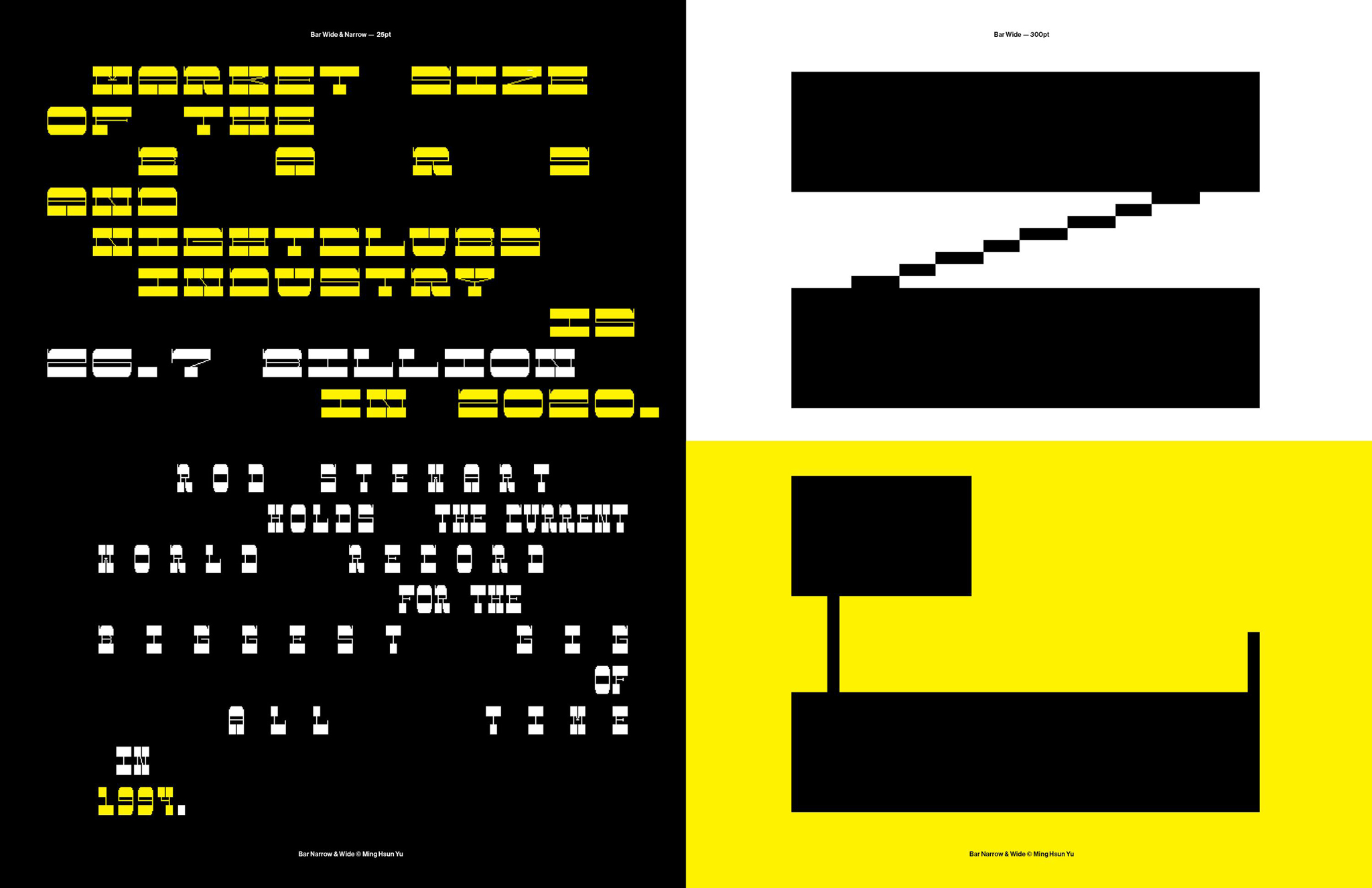
This meant that they were made to standardised proportions, so that fonts of different typefaces could be mixed with no difficulty. A kern is the part of a letter that intrudes into the "box" of an adjacent glyph.Įxample of paragraph set in different typefaces using the common line, named American Lining System in this promotional material published in 1903.ĭuring the late metal type period, many fonts (particularly in American typefounding) were issued to "common line". Inter-letter space can be reduced with kerning. The small corner formed by a serif, whether curved or angular, is called the serif bracket. Angles of white space, as in W w, are corners ( w has three corners) the term is not used for angles of strokes. The closed counter in e is also named an eye. Closed counters are found in a b d e g o p q A B D O P Q R, and open counters in a c e f h m n r s t u. Some designs also have spurs, which are smaller than serifs and appear on angles rather than at a terminal, as on e or G.Īreas of negative space (white space) formed by straight or curved strokes are called counters. Typefaces may be classified by their look, of which the weight and serif style – whether serif or sans-serif – are key features.

A seriffed terminal may be described as a wedge, bulbous, teardrop, slab, etc., depending on the design of the type. The terminal (end) of an instroke or outstroke is often a serif or a stroke ending.

Fonts without any variation in the stroke width are called monoline fonts. In this example, the stroke at the top of the g is thinner at the top and bottom than on the sides – a vertical stress. The font shown in the example is stressed this means that strokes have varying widths. The junction of two strokes intersecting above as in A M X x is called an apex and the joining of two strokes intersecting below as in V W v w is called a vertex. A longer horizontal stroke at the top or bottom, as in E T, is called an arm. Strokes that connect, as in A and H, or cross other strokes, as in t, are also known as crossbars. Ī short horizontal stroke, as in the center of e f and the middle stroke of E F, is called a bar. The letters i j each have a dot or tittle. The bottom of the two-story g is called a loop the very short stroke at the top is called the ear. The inferior diagonal stroke in K is called a leg. A trailing outstroke, as in j y J Q R is called a tail. A bowl with a flat end as in D P is called a lobe. A closed curved stroke is called a bowl in b d o p q D O P Q B has two bowls. Letters with descenders are g j p q y.Īn arching stroke is called a shoulder as in the top of an R or sometimes just an arch, as in h n m. A stroke which drops below the baseline is a descender.

When the stroke is part of a lowercase and rises above the height of an x (called the x height), it is called an ascender. The central stroke of an s is called the spine. The letter m has three, the left, middle, and right stems. For the rational mind, type design can be a maddening game of drawing things differently in order to make them appear the same.Ī main vertical stroke is called a stem. The two strokes in an X aren't the same thickness, nor are their parallel edges actually parallel the vertical stems of a lowercase alphabet are thinner than those of its capitals the ascender on a d isn't the same length as the descender on a p, and so on. Squeezing a square about 1% helps it look more like a square to appear the same height as a square, a circle must be measurably taller. Typefaces are born from the struggle between rules and results.


 0 kommentar(er)
0 kommentar(er)
